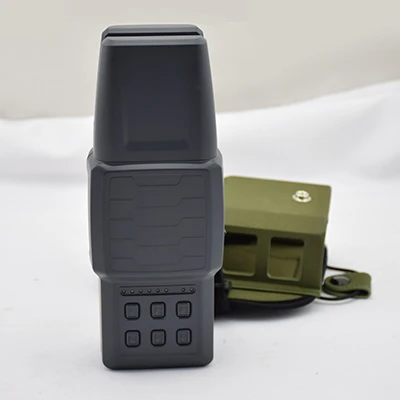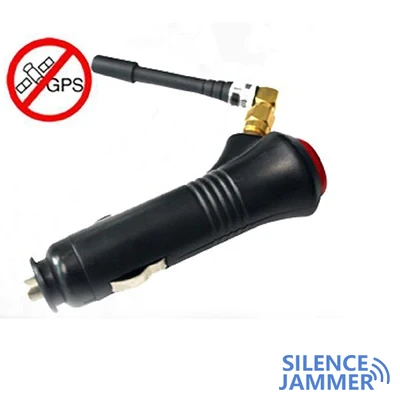Post
In recent years, GPS decoy technology has developed rapidly around the world, especially in the conflicts in Ukraine and Gaza. signal jammer This technology not only provides effective means for defenders on the battlefield, but also brings new tactical options to attackers. cell phone jammer However, although GPS decoy technology has demonstrated its potential in modern warfare, the complexity of the technology and the potential risks it brings to the civil aviation field still arouse widespread concern. GPS jammer
Basic principles of GPS decoy technology
The core of GPS decoy technology is to mislead enemy equipment by transmitting fake navigation signals to misposition them.Wifi jammer Usually, these fake signals replace the actual GPS or other navigation satellite signals, making the target equipment mistakenly believe that it is in the wrong location. This technology is particularly effective for devices that rely on precise navigation, such as unmanned aerial vehicles (UAVs), because once the UAV is lured away from its set path, its mission will not be successfully completed.
During the conflicts in Ukraine and Gaza, GPS decoy technology was not only used to interfere with the actions of enemy drones, but was also widely used to protect important facilities from enemy air strikes. By misleading enemy missiles or drones into attacking the wrong coordinates, the defender can effectively reduce the enemy's attack power without direct engagement.

Challenges and risks of GPS decoy technology
Although GPS decoy technology has shown great potential in military applications, its complex technical settings make it difficult to master and can even cause serious interference to civil aviation if not operated properly. In recent years, commercial aircraft have encountered tens of thousands of interference events each year, some of which have had a substantial impact on the normal operations of airlines. In particular, in a large area from Finland to Egypt, the misuse of GPS decoy technology has caused serious interference to air traffic, which has not only caused economic losses to airlines, but also raised public concerns about aviation safety.
To complicate matters, as technology develops, many modern drones are already equipped with systems that can continue to navigate in the presence of GPS interference. These systems can identify and ignore fake navigation signals, greatly reducing the effectiveness of GPS decoy technology. Therefore, how to design more advanced decoy technology for these high-end drones has become an important direction for future development.

Safran Group and Skyjacker System Rapid Response
Against this background, Safran Group quickly developed the Skyjacker system through its subsidiary Orolia. As a French company specializing in ultra-high precision positioning and navigation, Orolia has deep technical accumulation and industry experience. After acquiring Orolia in 2022, Safran Group used its expertise to complete the development of the Skyjacker system in just six months, demonstrating its rapid response capabilities in the context of the war economy.
The Skyjacker system is able to mislead drones into thinking they are in the wrong location by emitting a modified conical signal to replace the signal sent by the navigation satellite. This system is not only effective against drones piloted by isolated operators, but also protects large areas within a range of 1 to 50 kilometers, guiding drones to the wrong target coordinates, thereby effectively defending against enemy air threats.

Military Applications and Future Prospects
Safran plans to deploy the Skyjacker system in the upcoming Olympic Games and the July 14th military parade. In addition, the system will also be used on the battlefield in Ukraine as an important tool to deal with the growing threat of drones. Faced with low-cost, high-value drone attacks, the Skyjacker system provides an effective response solution. However, Safran also recognizes that with the continuous development of drone technology, future battlefield requirements will become more complex. Therefore, the Skyjacker system will continue to evolve in the future to meet these challenges and ensure effectiveness in a variety of situations.
Conclusion
The development of GPS decoy technology provides new tactical options for modern military conflicts, but also brings technical challenges and security risks. Safran's Skyjacker system has demonstrated strong technical strength and rapid response capabilities in this context. However, with the continuous advancement of technology, how to deal with new threats on future battlefields remains a focus that needs to be continuously paid attention to in this field. In the future, GPS decoy technology will continue to play its key role in global conflicts with continuous innovation and improvement.

komentarze









